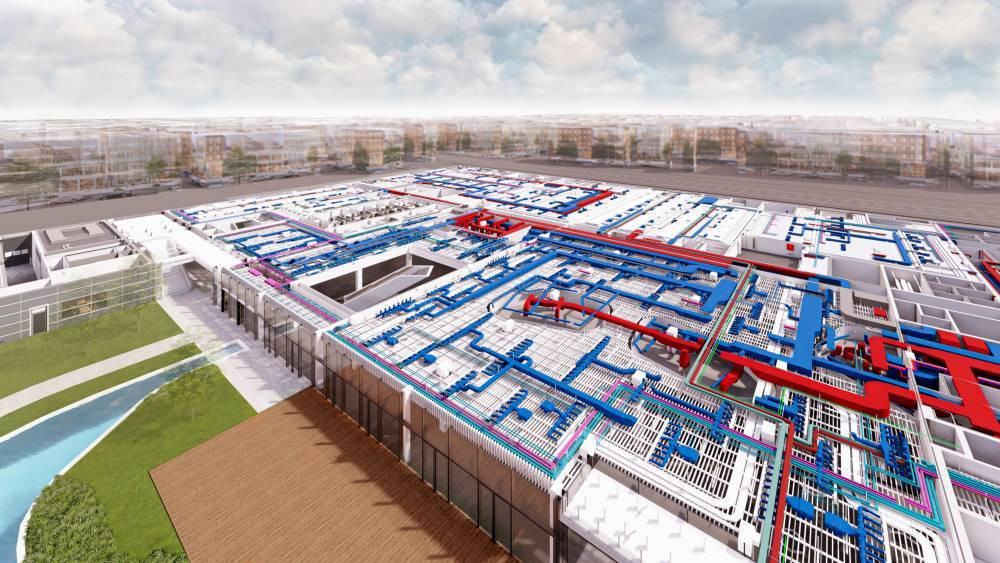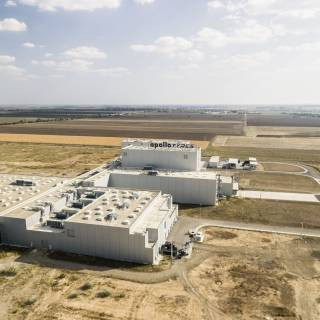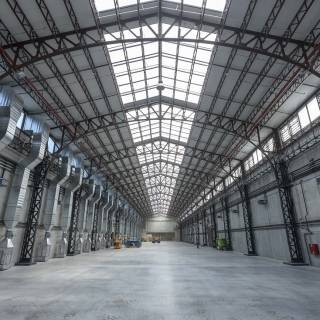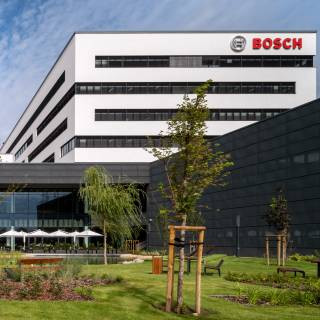CÉH+ BIM
With the help of our professionally prepared experts who have several years of practice and both domestic and international experience, we apply the BIM methodology at a system level and provide our related services with excellent quality.
In April 2020, the CÉH group was the first in Central-Eastern Europe to obtain certification from the British Standards Institute for the application of ISO 19650-1 and -2:2018 standards, which provide guidelines for the management of information generated during the lifecycle of a building using the BIM working method. Thus, CÉH is the first market player in the region to provide BIM design, project management, and consulting services according to international standards.
Our Services
which we offer both collectively and individually:
- Our services which we offer both collectively and individually:
- Scan2BIM – 3D laser scanning and/or drone surveying of buildings and structures, creation of point cloud models, and from these, creation of BIM base models.
- Design (BIM 3D) – Comprehensive design and modeling of buildings and structures (covering all disciplines and even technologies), collision detection in BIM.
- Project management, construction management (BIM 4D) – Coordination of the investment process and technical inspection representing the client's interests during the execution of high-rise projects.
- Cost expertise, cost estimation (BIM 5D) – Quantity calculation based on BIM models, cost calculation, contractor tendering, cost control.
- Sustainability and energy expertise (BIM 6D) – Detailed energy analysis, dynamic energy modeling and thermal comfort examination, CFD simulation, sunlight analysis, wind tunnel and wind load examination, green certification (LEED/BREEAM/DGNB/WELL) planning and monitoring.
- As-built plan, BIM2FM (BIM 7D): BIM as-built model, change management, BIM model detail and data provision suitable for handover to operation.
- BIM management – Establishment and management of BIM processes.
- BIM expertise, consulting – Professional BIM representation of the client during the project, model auditing, quality control. Establishment of client standards, participation in the preparation of tenders and contracts.

What does BIM mean?
BIM, or Building Information Modeling, is a working process for tracking the entire lifecycle of a project: from inception, through implementation and operation, to eventual demolition. Regarding the type of project, it can be a building, a bridge, a road, an engineering structure, a public utility or any civil engineering structure above ground or underground.
During the BIM process, the most advanced CAD and data exchange technologies are used in the design, construction and operation processes, facilitating model-based project design and control.
The BIM work processes are based on a 3D model created in a virtual environment, which refers to the technical content of the building and provides its geometric and structural image in space.

Why should you use BIM?
The uniform standards, regulations, shared models and information applied in the work processes improve:
- Collaboration between stakeholders (trades, project management, designers and contractors)
- The coordination of works
- The quality of the design,
- The ability to plan and monitor construction processes
- Cost planning and control.
With BIM, the project can be delivered faster, with higher quality and at a lower cost through better design.

What does the future hold?
In construction industry digitalization, we consider the BIM methodology as a starting point, which consolidates all the data of the facility into a unified database. Forward-looking approaches elevate the design and construction process to a new level.
VDC (Virtual Design and Construction) is an approach that integrates not only the building but also the construction process and the involved parties into the digital model. VDC is a process and mode of operation where construction management is based on the BIM model created during the design phase. The building is first constructed in the virtual space and then replicated in reality.
IDD (Integrated Digital Delivery) extends digital technologies to the entire lifecycle of the facility, integrating workflows and connecting the parties working on the same project. Thus, using the digital model of the building, the entire lifecycle can be digitized, from the formation and manufacturing of prefabricated elements to assembly, operation, or even disassembly.
IDD is based on the use of Building Information Modeling (BIM) and Virtual Design and Construction (VDC), which have been applied in numerous construction projects abroad in recent years, and their domestic spread is also expected.


